10 Cutest Animals That Are Secretly Deadly
In the world of wildlife, appearances can be deceiving. Many creatures possess an allure that captivates our hearts, yet beneath their charming exteriors lies a hidden danger. This paradox of cuteness and peril is a fascinating aspect of nature, where survival often involves complex strategies that defy expectations. This article delves into the lives of 10 such creatures, each with a secret weapon that belies their endearing appearances. From the jungles of South America to the oceans of the Pacific, these animals demonstrate that in the natural world, the line between beauty and danger is often blurred. As we explore these creatures, we will uncover the evolutionary advantages of their dual nature, offering insights into the delicate balance of ecosystems and the intricate dance of predator and prey. Prepare to be enchanted and enlightened as we meet these adorable yet formidable beings.
1. The Blue-Ringed Octopus: A Tiny Marine Marvel
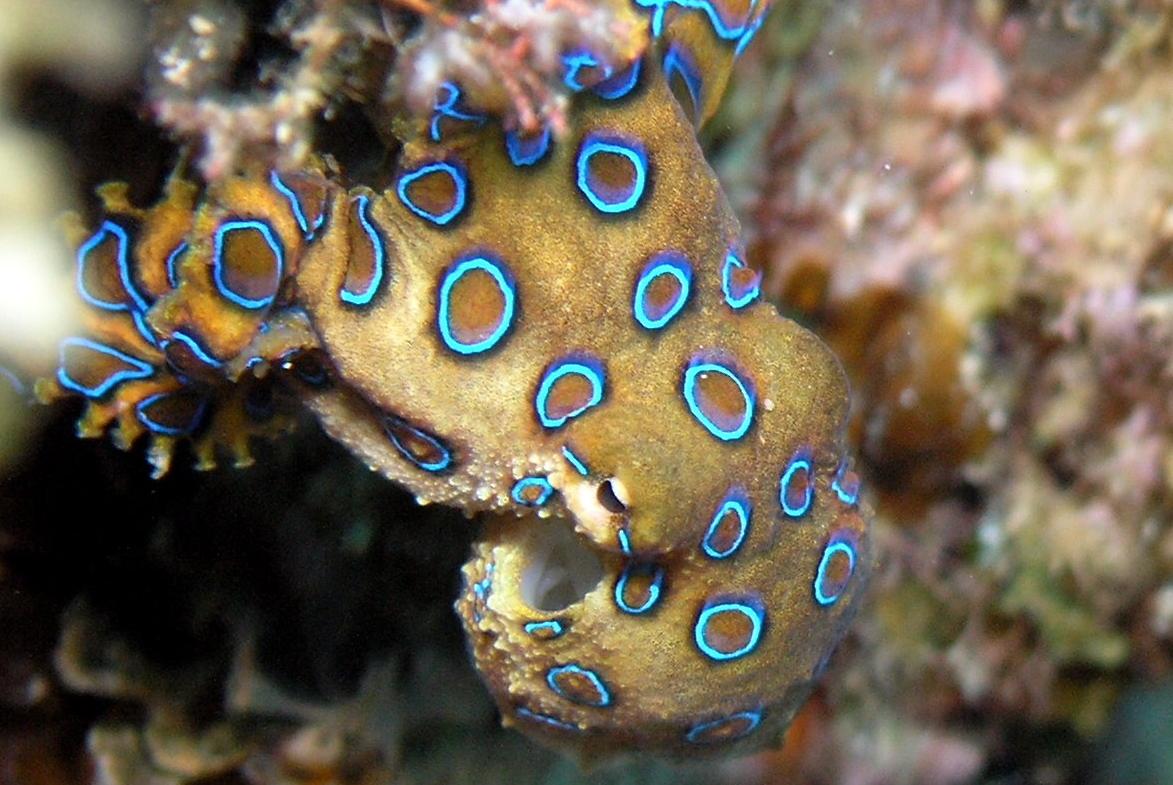
The blue-ringed octopus is a small but mesmerizing inhabitant of the Pacific Ocean, known for its striking blue and black rings that pulse with vibrant color when threatened. Despite its diminutive size, this octopus carries a venom that is potent enough to kill humans. The venom, tetrodotoxin, is a neurotoxin that causes paralysis by blocking sodium channels in nerve cells. This tiny octopus uses its venom primarily for hunting and self-defense, injecting it through a bite that is often painless and goes unnoticed until symptoms begin. The blue-ringed octopus's beauty is not just skin deep; its coloration serves as a warning to potential predators about its toxicity. This phenomenon, known as aposematism, is common in the animal kingdom and serves as a survival mechanism. The octopus's ability to change color and display its rings is controlled by specialized skin cells called chromatophores. These cells expand or contract to reveal different colors, allowing the octopus to blend in with its surroundings or stand out as a warning signal. Despite its deadly nature, the blue-ringed octopus plays a crucial role in its ecosystem. It helps control populations of small marine animals and serves as prey for larger predators that are immune to its venom. This balance is essential for maintaining the health of coral reefs and other marine environments. The blue-ringed octopus is a reminder that even the smallest creatures can have a significant impact on their ecosystems, and that beauty and danger often go hand in hand in the natural world.
2. The Slow Loris: A Nocturnal Enigma
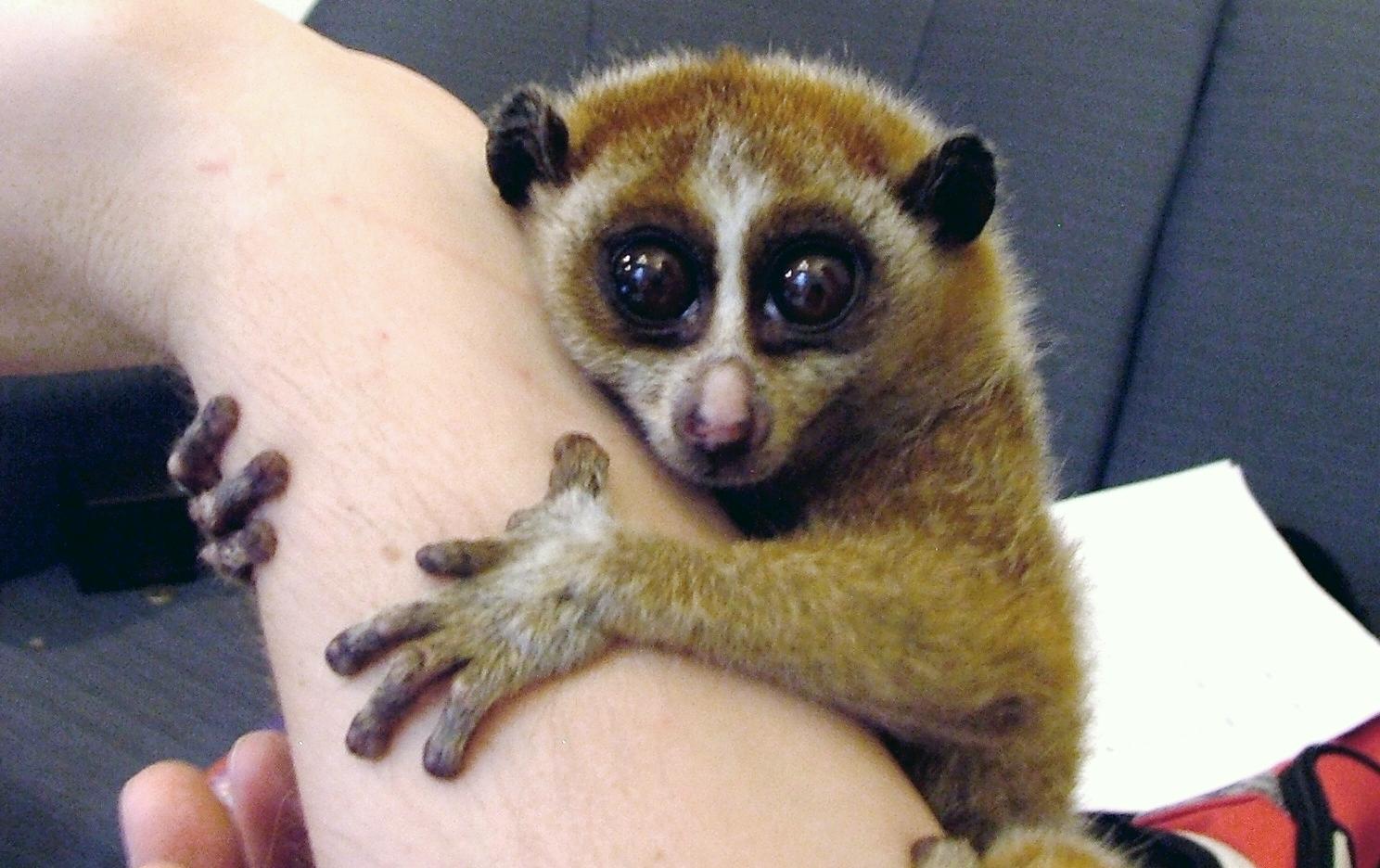
The slow loris is a primate that inhabits the forests of Southeast Asia. With its large, round eyes and gentle demeanor, it appears to be the epitome of cuteness. However, the slow loris is one of the few venomous mammals, possessing a bite that can cause severe allergic reactions in humans. The venom is produced in glands located on the inside of its elbows, which the loris licks before delivering a bite. This unique adaptation is used for both defense and intraspecific competition. The slow loris's nocturnal lifestyle and slow movements are adaptations to its arboreal habitat. Its large eyes are adapted for night vision, allowing it to hunt insects and small vertebrates in the dark. The loris's ability to move silently through the trees helps it avoid detection by predators, while its venomous bite deters potential threats. Despite its slow pace, the loris is an adept hunter, using its keen sense of smell to locate prey in the dense forest. The slow loris's venomous nature has not protected it from the threats posed by humans. Habitat destruction and the illegal pet trade have led to a decline in loris populations across their range. Conservation efforts are underway to protect these unique primates and their habitats. The slow loris serves as a reminder of the delicate balance between adaptation and vulnerability in the animal kingdom, and the need for conservation efforts to protect these enigmatic creatures.
3. The Platypus: An Evolutionary Oddity
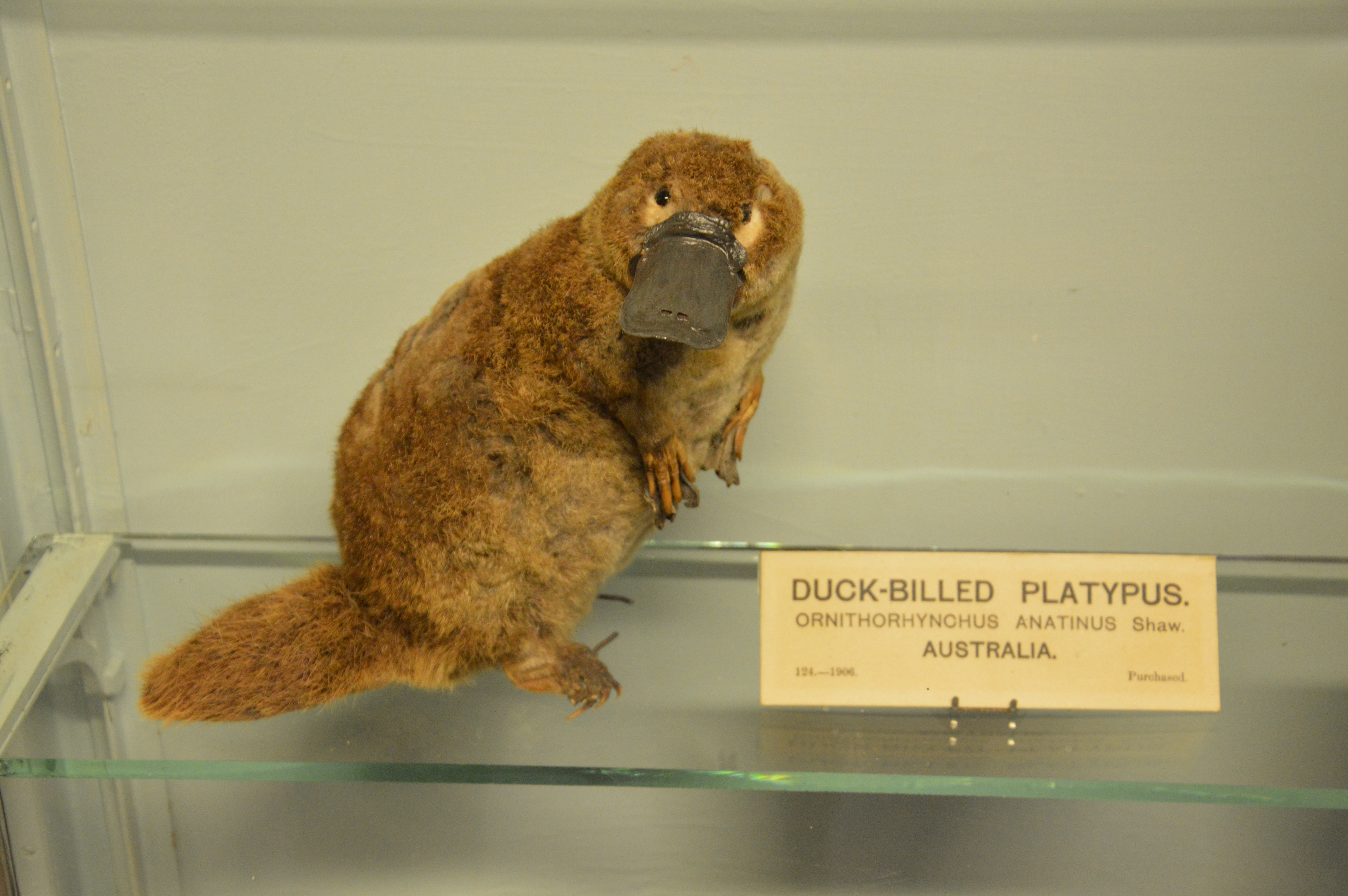
The platypus is one of the most peculiar creatures on the planet, with its duck-bill, webbed feet, and beaver-like tail. Native to Australia, this monotreme defies classification, possessing traits of mammals, birds, and reptiles. Beneath its endearing appearance lies a surprising secret: the male platypus has venomous spurs on its hind legs. This venom can cause severe pain and swelling in humans, though it is not lethal. The platypus's venom is primarily used during the breeding season, when males compete for mates. The spurs deliver venom that can incapacitate rivals, giving the platypus an advantage in securing a mate. This unique adaptation highlights the diverse strategies employed by animals to ensure reproductive success. The platypus's venom is composed of a complex cocktail of proteins, some of which are unique to this species, offering potential insights into new pain management therapies for humans. In addition to its venomous nature, the platypus is remarkable for its method of reproduction. As a monotreme, it lays eggs, a trait shared with only a few other mammals. The female incubates the eggs by curling around them, and after hatching, the young are fed with milk secreted from mammary glands. The platypus is a living testament to the diversity of evolutionary paths, showcasing how unique adaptations can arise in response to environmental pressures.
4. The Poison Dart Frog: A Kaleidoscope of Danger
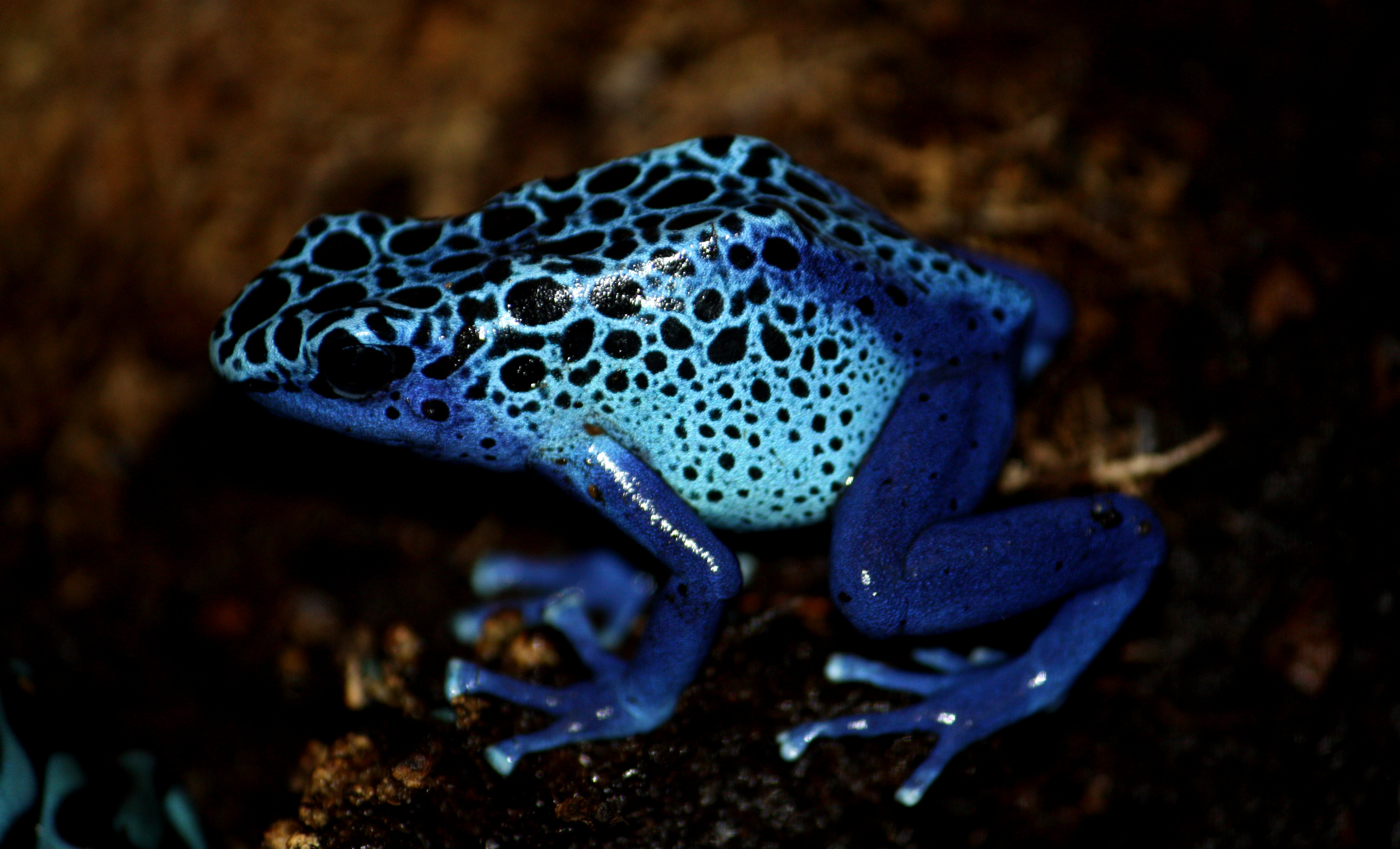
The poison dart frog is a small, vibrantly colored amphibian found in the rainforests of Central and South America. Its brilliant hues serve as a warning to predators about its toxicity, a classic example of aposematism. The frog's skin secretes potent alkaloid toxins that can cause paralysis or death in predators. Indigenous peoples have long used these toxins to coat the tips of blow darts for hunting, giving the frog its name. The poison dart frog's toxicity is derived from its diet, which consists of ants, mites, and other small invertebrates that contain toxic compounds. These compounds are sequestered and concentrated in the frog's skin, providing it with a chemical defense against predators. Interestingly, poison dart frogs raised in captivity on a non-toxic diet do not develop their characteristic toxicity, highlighting the importance of diet in this adaptation. Despite their deadly nature, poison dart frogs play a vital role in their ecosystems. They help control insect populations and serve as prey for larger animals that are immune to their toxins. The frogs' vibrant colors also contribute to the biodiversity of the rainforest, attracting ecotourists and supporting conservation efforts. The poison dart frog is a striking example of how beauty and danger can coexist in nature, with its vivid colors serving as both a warning and a testament to the complexity of ecological interactions.
5. The Cone Snail: A Beautifully Lethal Hunter
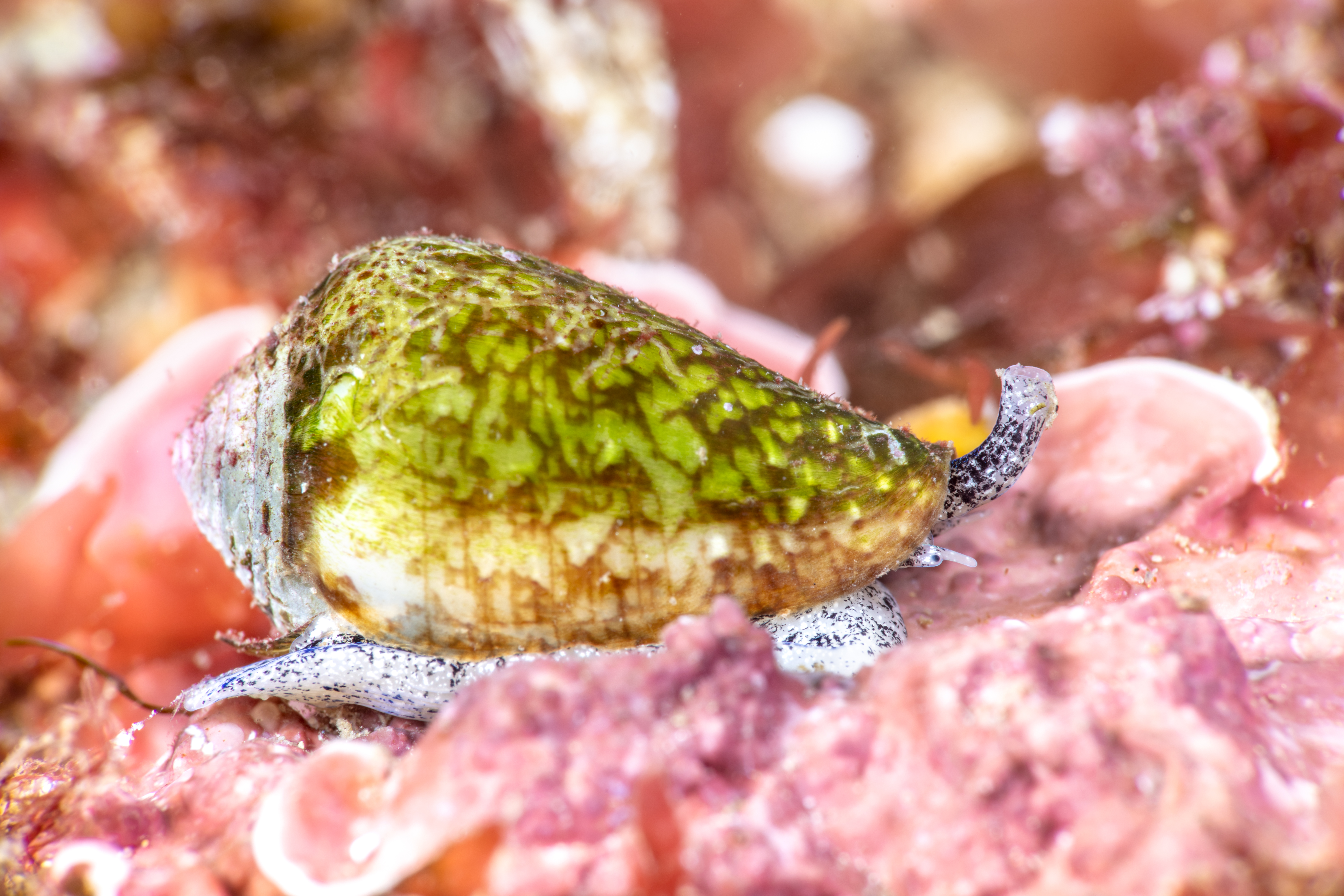
The cone snail is a marine mollusk that inhabits the warm waters of the Indo-Pacific region. Its intricately patterned shell is a collector's delight, but beneath this beauty lies a deadly arsenal. Cone snails are venomous predators that use a harpoon-like tooth to inject venom into their prey, which includes fish, worms, and other mollusks. The venom contains a cocktail of toxins that can cause paralysis and death in humans. Cone snails are ambush predators, relying on stealth and precision to capture their prey. The venom is delivered through a modified radula tooth that is launched like a harpoon, allowing the snail to immobilize its prey instantly. The venom's complexity is astounding, with each species of cone snail producing a unique blend of toxins tailored to its specific prey. This diversity of venom components has made cone snails a subject of interest for pharmacological research, with potential applications in pain management and neurological disorders. Despite their deadly nature, cone snails play an important role in marine ecosystems. They help regulate populations of other marine organisms and serve as prey for larger predators. The cone snail's beautiful shell and lethal venom are a reminder of the intricate balance of life in the ocean, where survival often depends on the ability to adapt and innovate. The study of cone snails continues to yield valuable insights into the complexity of venom evolution and its potential applications for human health.
6. The Cassowary: A Bird with a Hidden Arsenal
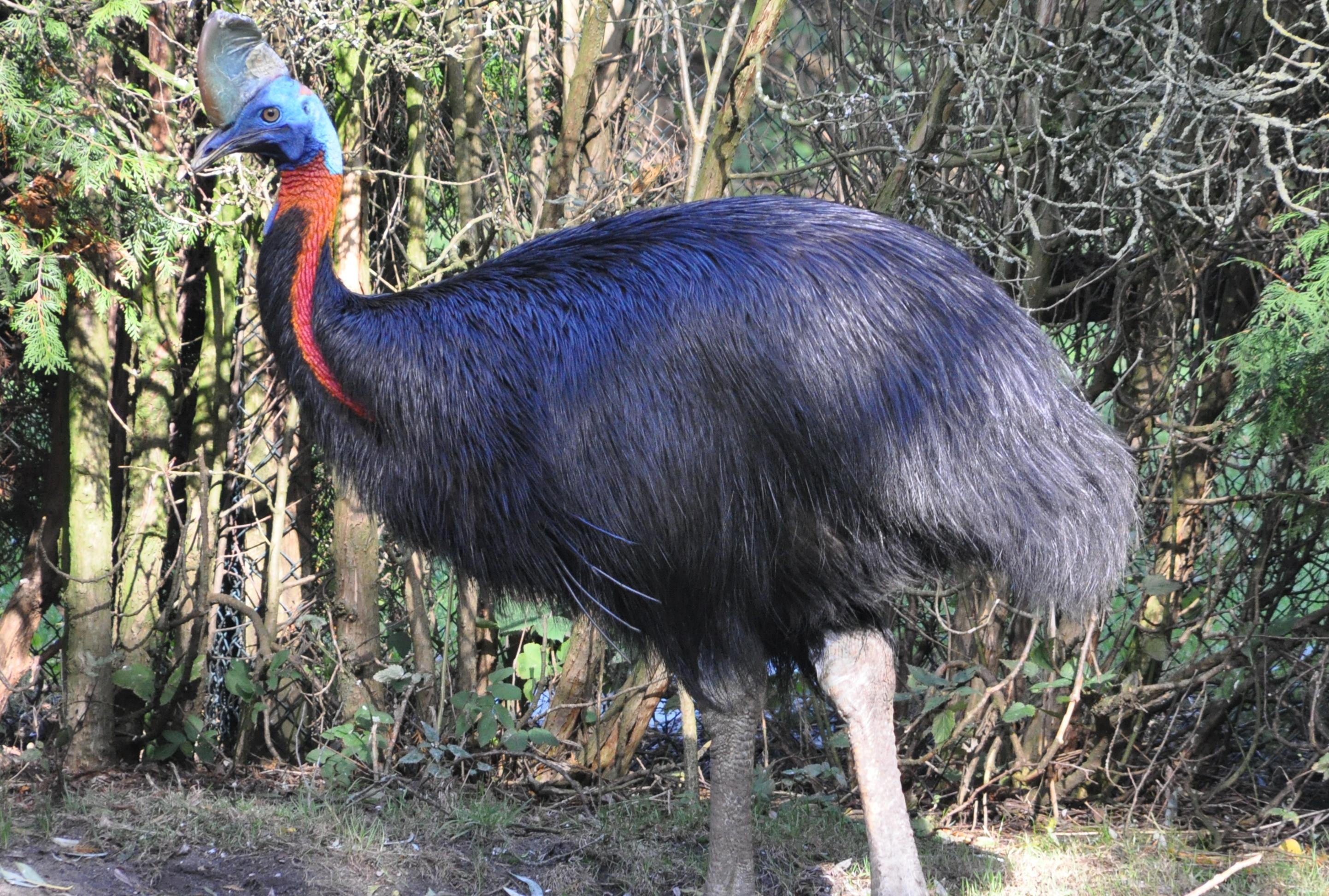
The cassowary is a large, flightless bird native to the tropical forests of New Guinea and northern Australia. Known for its striking blue and black plumage and helmet-like casque, the cassowary is often considered one of the most dangerous birds in the world. Despite its exotic beauty, the cassowary is capable of inflicting serious injury with its powerful legs and dagger-like claws, which can grow up to 12 centimeters in length. Cassowaries are solitary and territorial birds, with a reputation for aggression when threatened or provoked. Their strong legs allow them to run at speeds of up to 50 kilometers per hour, and their claws can deliver powerful kicks that have been known to cause fatal injuries to humans. The cassowary's casque, a bony structure on its head, is thought to play a role in communication and navigation through dense forest undergrowth. Despite their fearsome reputation, cassowaries are vital to their ecosystems. They are frugivores, feeding primarily on fruit, and play a crucial role in seed dispersal. By consuming and excreting seeds, cassowaries help maintain the diversity and health of tropical forests. Conservation efforts are underway to protect cassowary populations from habitat loss and human encroachment. The cassowary is a reminder of the complex interplay between beauty, danger, and ecological importance in the natural world.
7. The Pufferfish: A Delicate Balance of Beauty and Poison
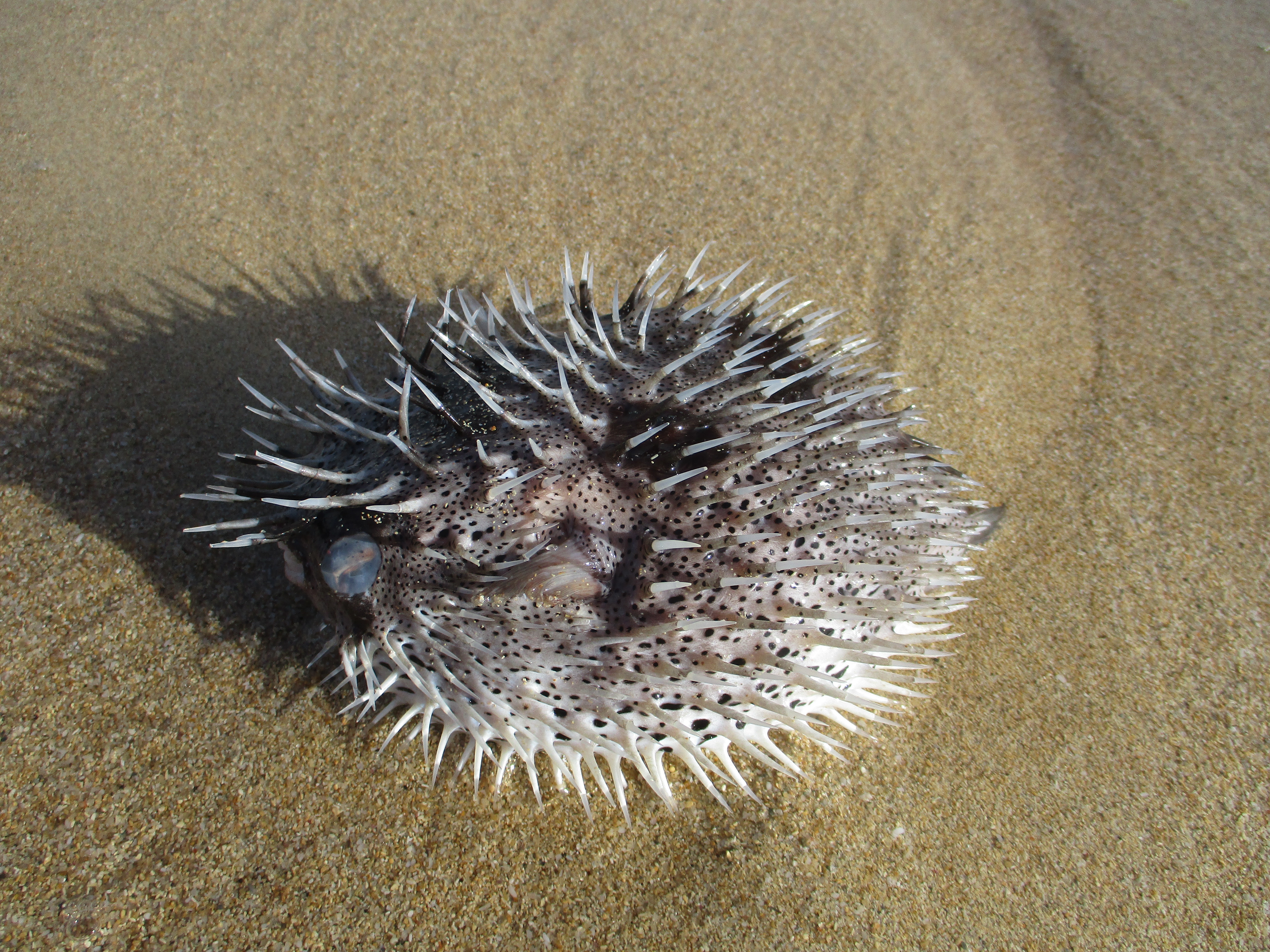
The pufferfish, also known as the blowfish, is a marine species found in tropical and subtropical waters around the world. Its ability to inflate its body into a spiky ball is a well-known defense mechanism, but the pufferfish's true danger lies in its potent toxin, tetrodotoxin. This neurotoxin is found in the pufferfish's organs and skin and is lethal to humans, with no known antidote. Pufferfish use their toxin as a defense against predators, deterring them with the threat of paralysis or death. The toxin is produced by bacteria that live symbiotically within the fish, highlighting the complex relationships between organisms in marine environments. Despite its deadly nature, pufferfish are considered a delicacy in some cultures, particularly in Japan, where they are prepared as fugu. Only licensed chefs are permitted to prepare fugu, as improper preparation can result in fatal poisoning. The pufferfish's unique adaptations and ecological role make it a subject of scientific interest. Researchers study its toxin for potential applications in pain management and neurological research. The pufferfish's ability to inflate and deflate its body is also a topic of study, offering insights into the mechanics of buoyancy and pressure regulation. The pufferfish exemplifies the delicate balance between beauty and danger in the natural world, where survival often involves complex adaptations and interactions.
8. The Inland Taipan: A Serpent of Subtlety
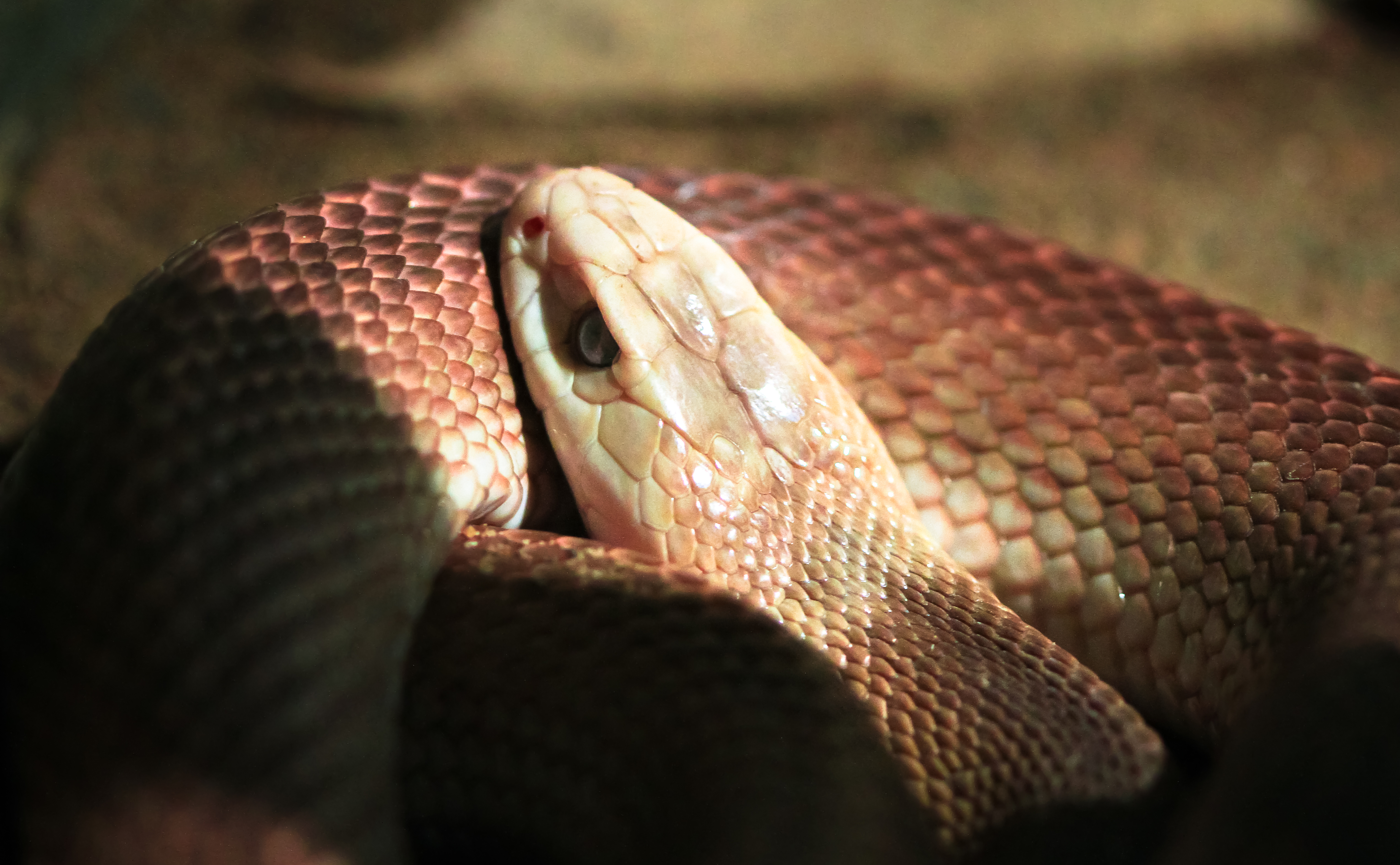
The inland taipan, also known as the "fierce snake," is a species of highly venomous snake endemic to Australia. Despite its unassuming appearance, the inland taipan possesses the most toxic venom of any snake, capable of killing a human in less than an hour. The venom contains a potent mix of neurotoxins, hemotoxins, and myotoxins, which can cause paralysis, internal bleeding, and organ failure. The inland taipan is a reclusive and shy snake, preferring to avoid human contact. It inhabits remote and arid regions, where it preys primarily on small mammals. The snake's venom is an adaptation to its environment, allowing it to quickly immobilize and digest its prey. Despite its deadly nature, the inland taipan is rarely encountered by humans, and there have been no recorded fatalities from its bite. The inland taipan's venom has attracted scientific interest for its potential medical applications. Researchers are studying the components of the venom for their potential use in developing new drugs and treatments for various medical conditions. The snake's ability to regulate its venom production and delivery is also a topic of study, offering insights into the evolution of venomous adaptations. The inland taipan is a reminder of the hidden dangers that can exist in the natural world, where even the most unassuming creatures can possess formidable defenses.
9. The Box Jellyfish: A Transparent Threat
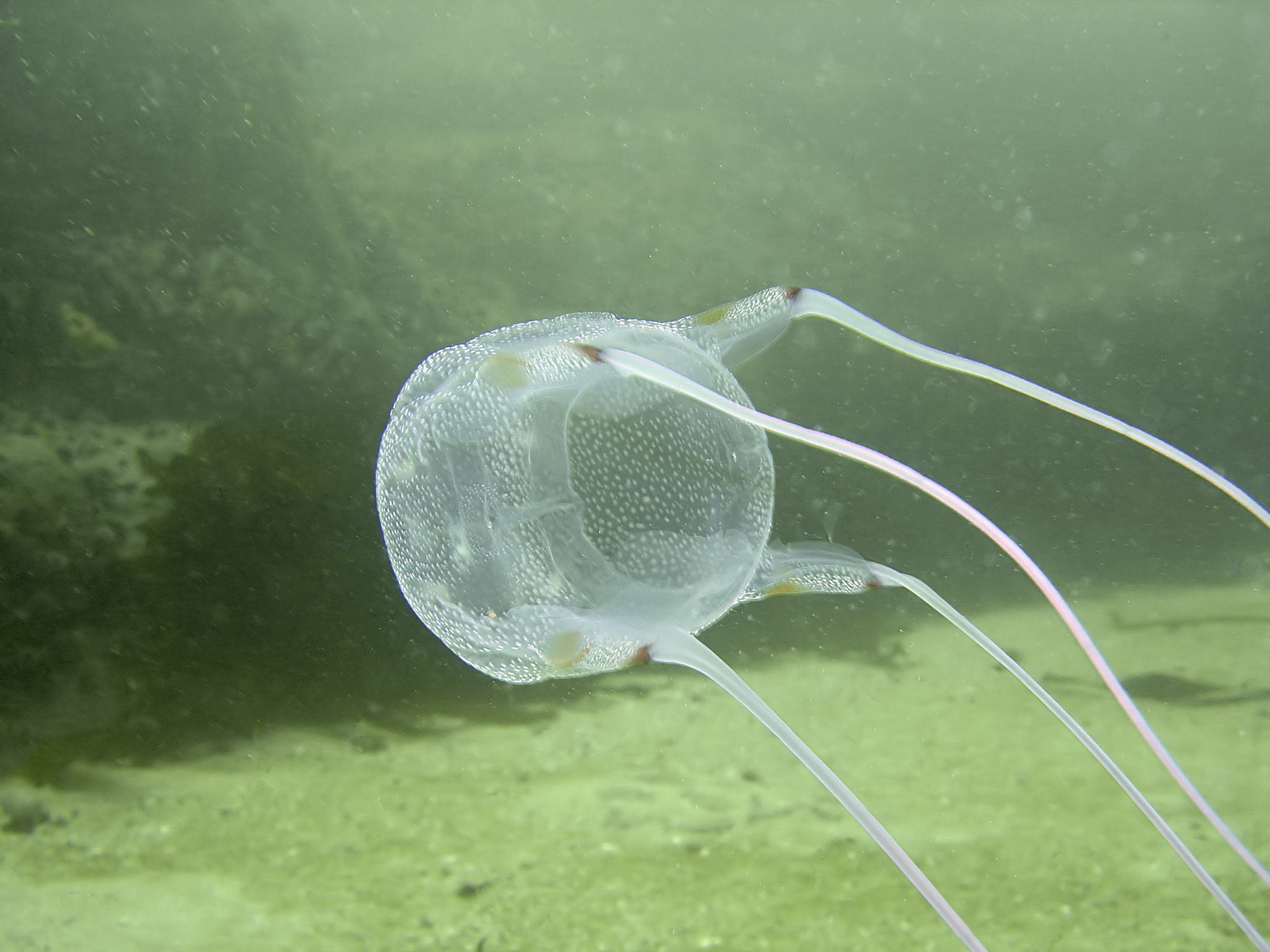
The box jellyfish is a marine cnidarian found in the warm coastal waters of the Indo-Pacific region. Its transparent, cube-shaped bell and long, trailing tentacles give it an ethereal appearance, but the box jellyfish is one of the most venomous creatures in the ocean. Its tentacles contain thousands of specialized cells called cnidocytes, which release venom upon contact, causing excruciating pain, paralysis, and even death. The box jellyfish's venom is a complex mixture of proteins that target the heart, nervous system, and skin cells. The venom's potency and rapid action make it a formidable predator, allowing the jellyfish to capture small fish and invertebrates with ease. Human encounters with box jellyfish can be fatal, and prompt medical treatment is essential for survival. Despite its deadly nature, the box jellyfish plays a crucial role in marine ecosystems. It helps regulate populations of small fish and invertebrates, contributing to the balance of the food web. The jellyfish's transparent body and bioluminescence are also subjects of scientific study, offering insights into the evolution of camouflage and communication in marine environments. The box jellyfish is a testament to the complexity and beauty of life in the ocean, where even the most delicate creatures can wield incredible power.
10. The Stonefish: Master of Disguise
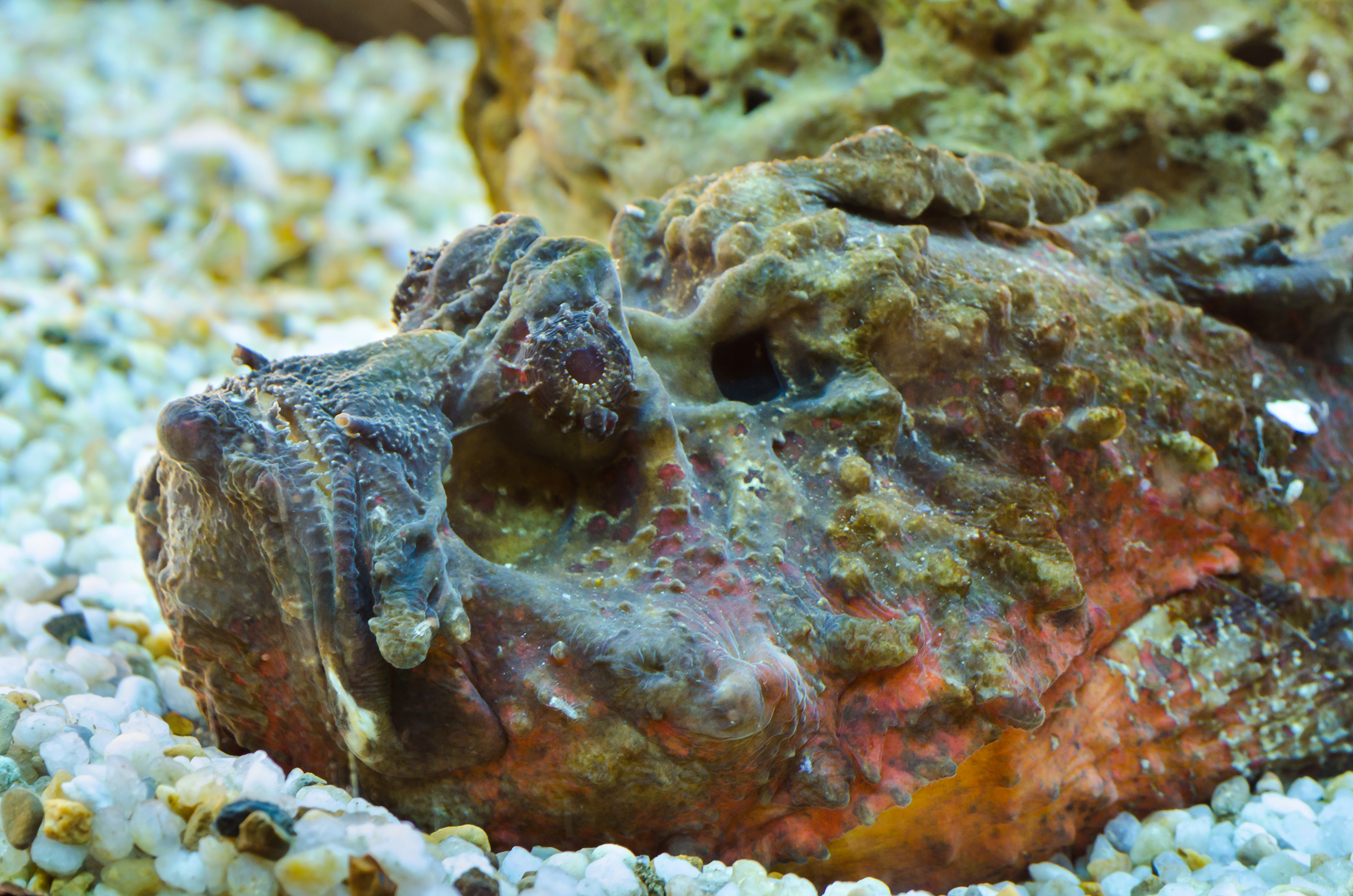
The stonefish is a venomous marine fish found in the coastal waters of the Indo-Pacific region. Its mottled appearance and ability to blend in with its surroundings make it a master of camouflage, allowing it to ambush unsuspecting prey. The stonefish's dorsal spines contain venom that can cause severe pain, tissue damage, and even death in humans. The stonefish's venom is a defense mechanism, deterring predators with the threat of injury. The venom contains a mix of proteins that can cause intense pain and swelling, and in severe cases, cardiovascular collapse. The stonefish's ability to remain motionless and blend in with its environment makes it a formidable predator, capable of capturing prey with lightning-fast strikes. Despite its deadly nature, the stonefish plays an important role in marine ecosystems. It helps regulate populations of small fish and invertebrates, contributing to the health and diversity of coral reefs. The stonefish's camouflage and venomous adaptations are subjects of scientific interest, offering insights into the evolution of defense mechanisms and predator-prey interactions. The stonefish is a reminder of the hidden dangers that can exist beneath the surface of the ocean, where beauty and danger often coexist.
Each of these animals possesses a unique adaptation that allows it to survive and thrive in its environment, demonstrating the complexity and diversity of life on Earth. From the venomous bite of the slow loris to the potent toxins of the box jellyfish, these creatures remind us that appearances can be deceiving, and that even the most adorable beings can harbor deadly secrets. The dual nature of these creatures highlights the intricate balance of ecosystems, where each species plays a vital role in maintaining the health and stability of its environment. Conservation efforts are essential to protect these animals and their habitats, ensuring the survival of the diverse and interconnected web of life on our planet. By understanding and appreciating the complexity of nature, we can work towards a future where both humans and wildlife can coexist in harmony.







